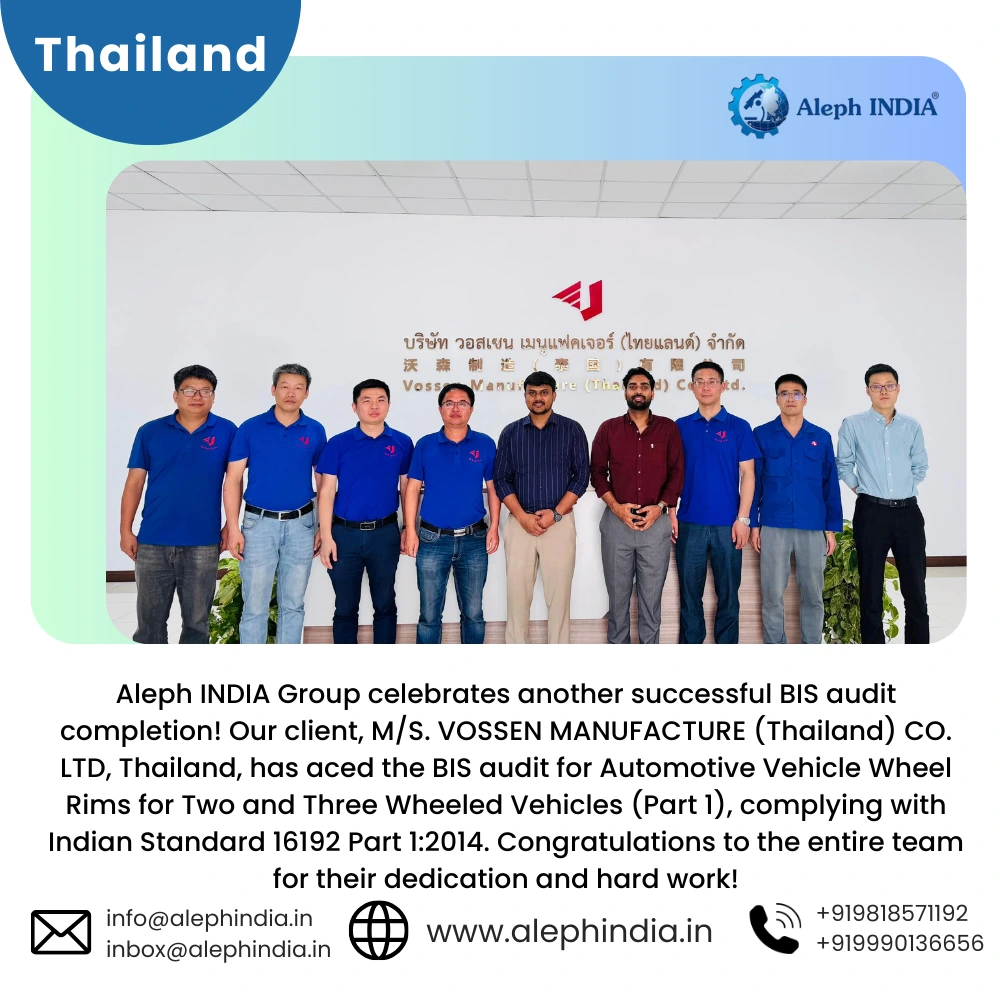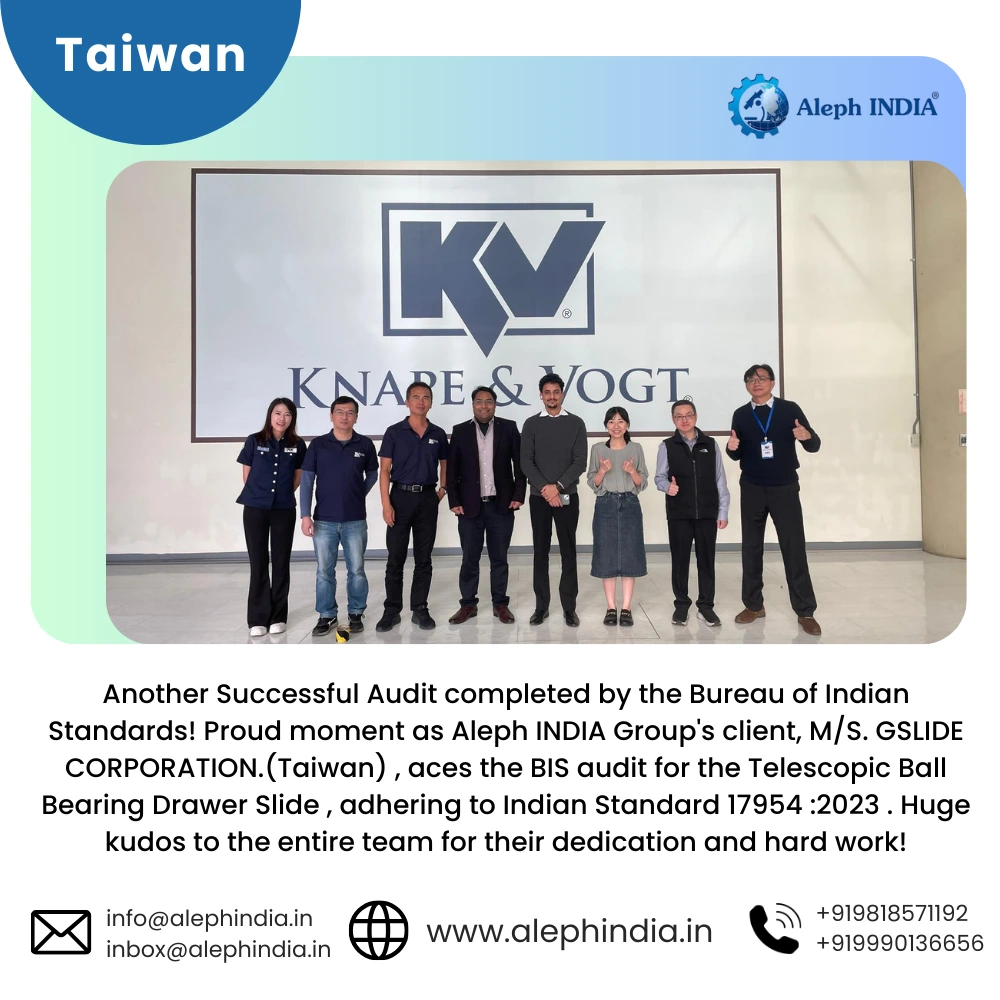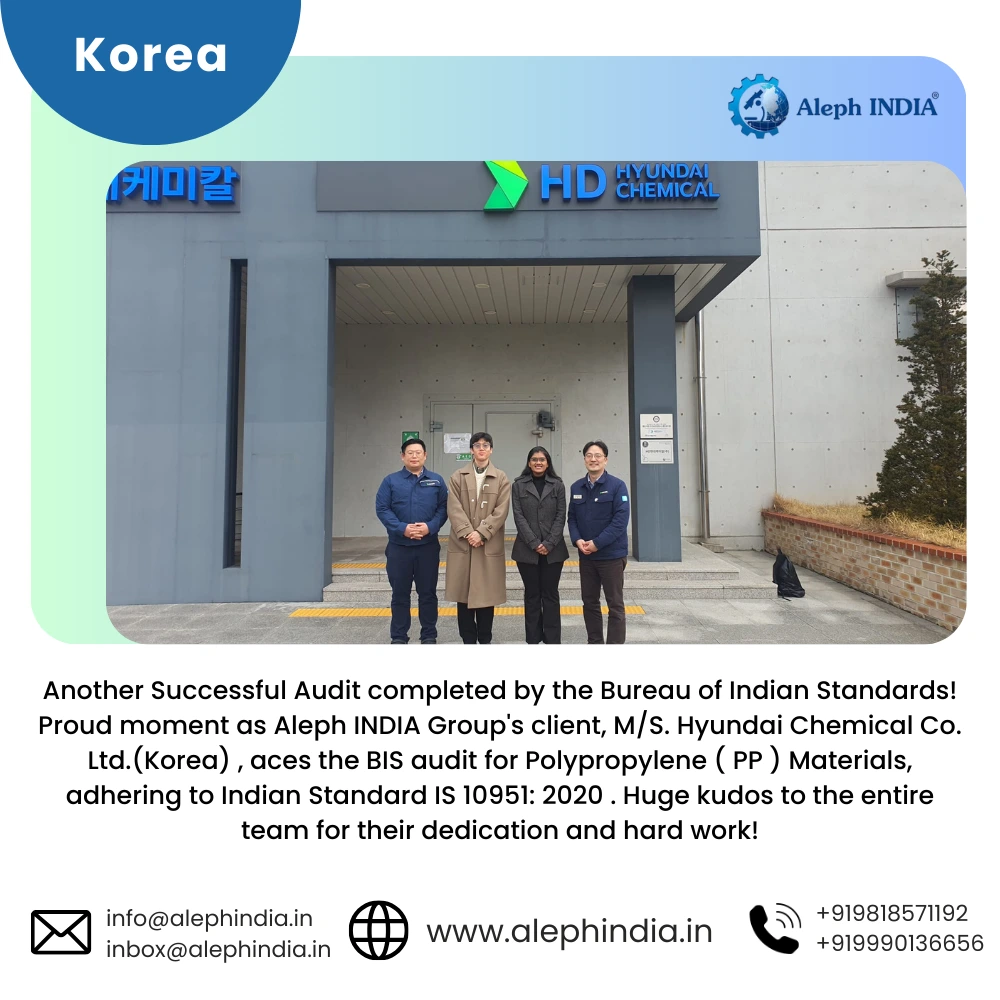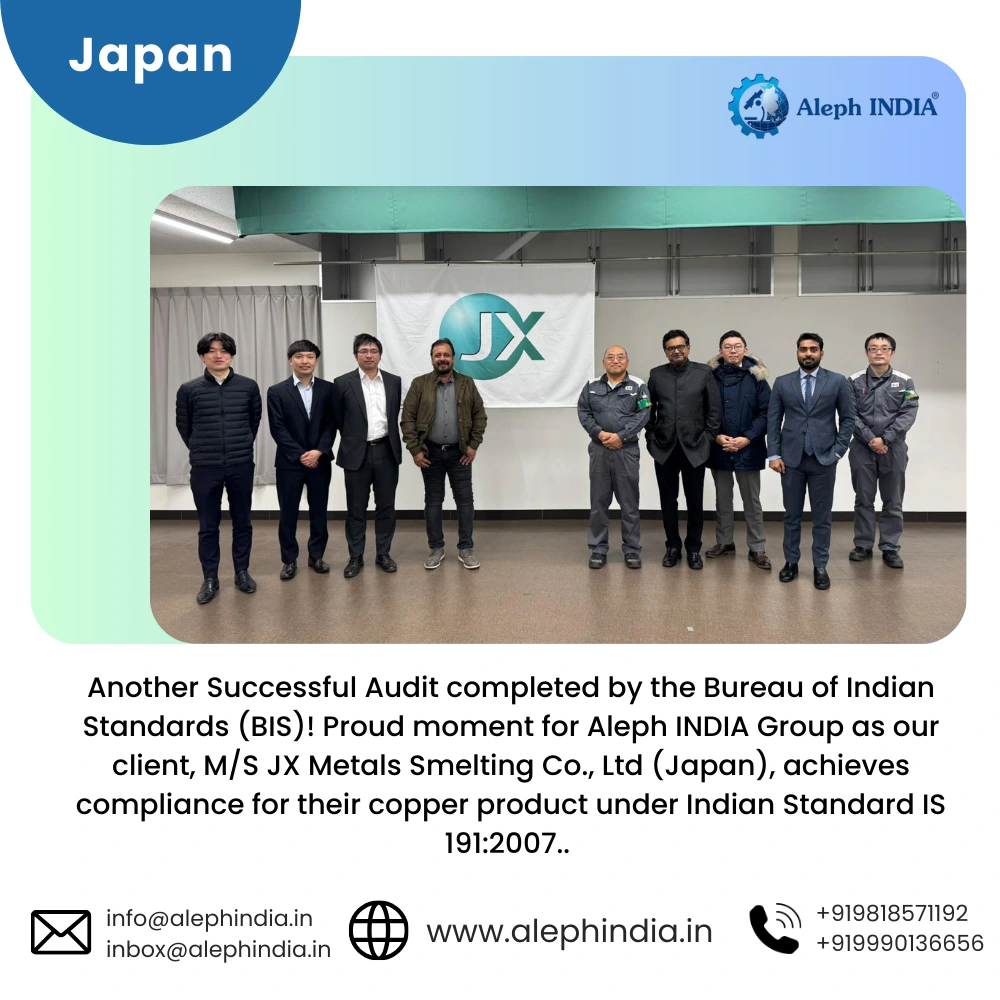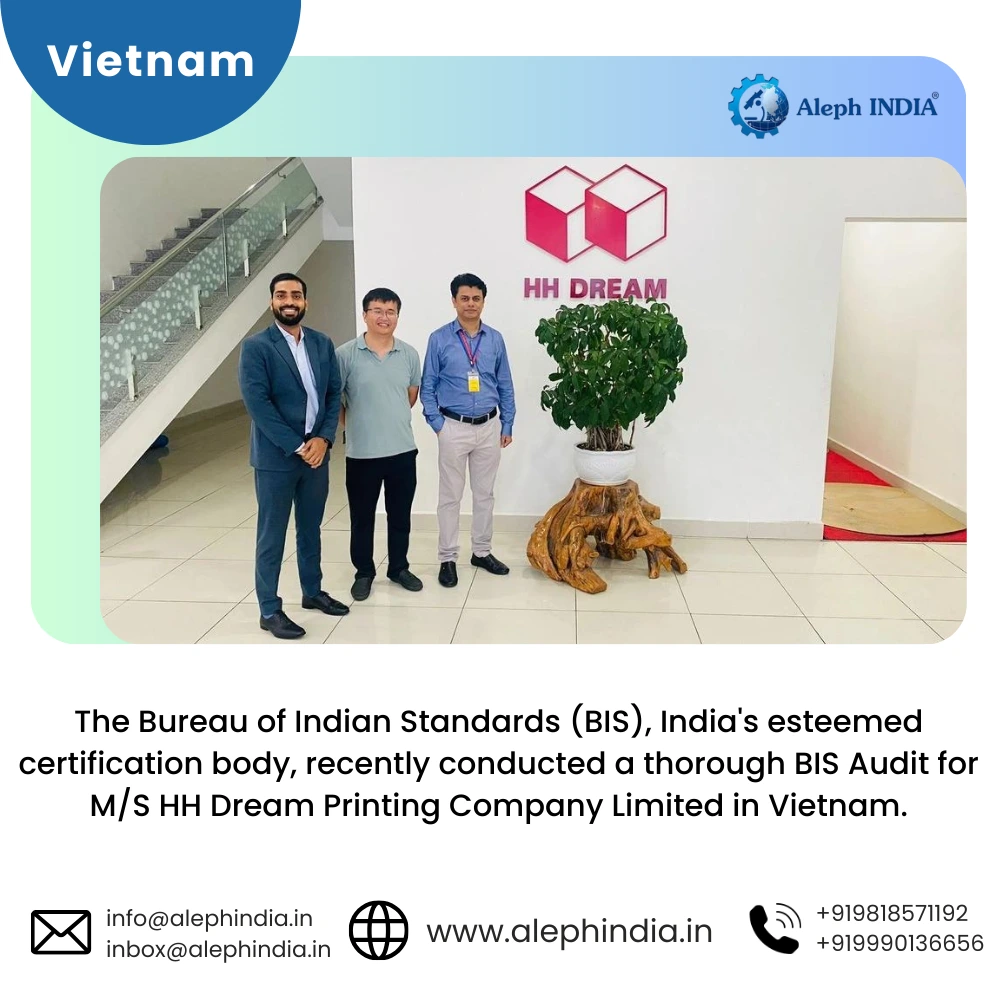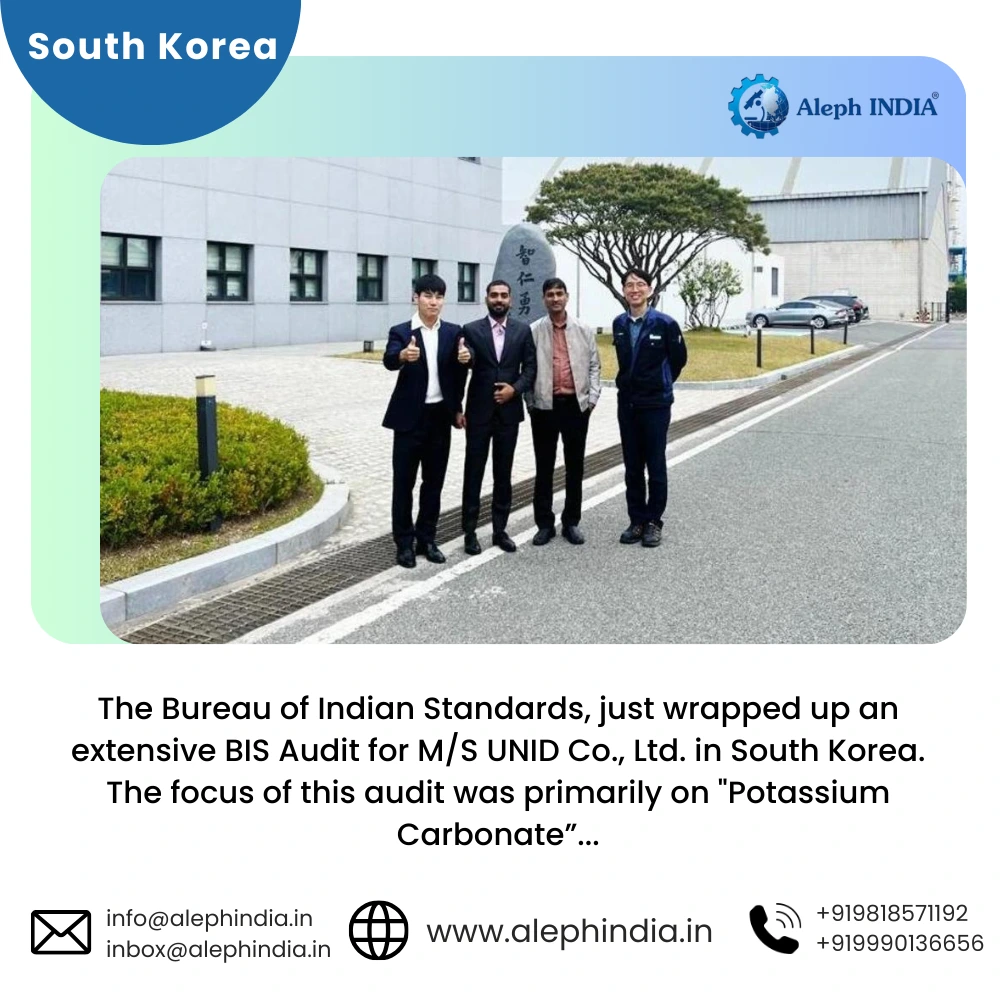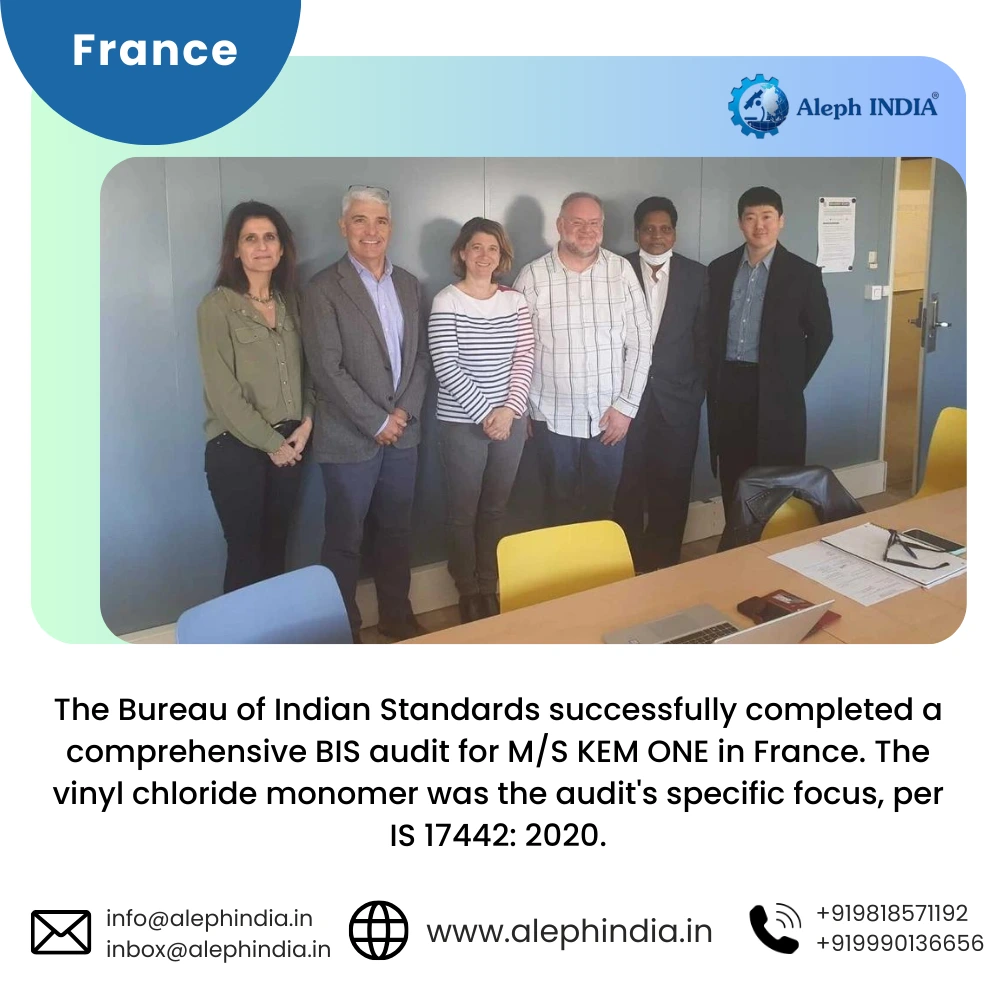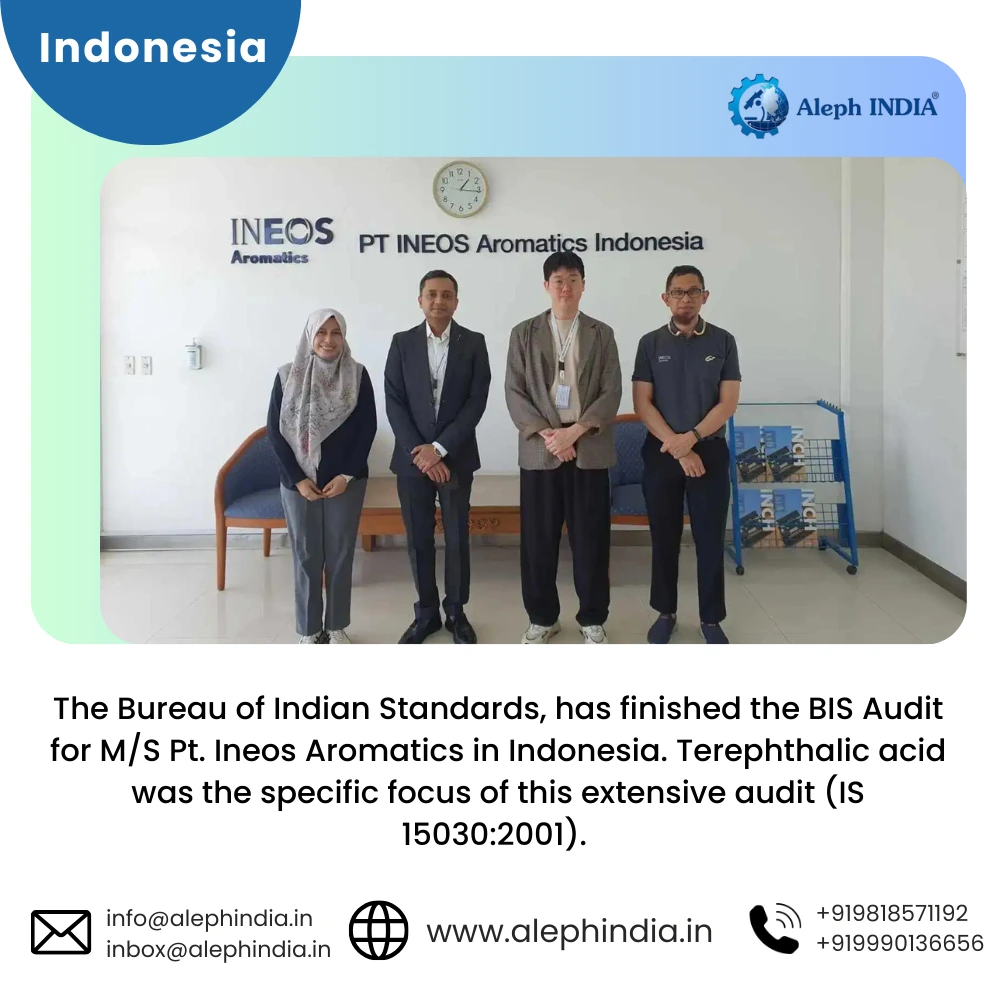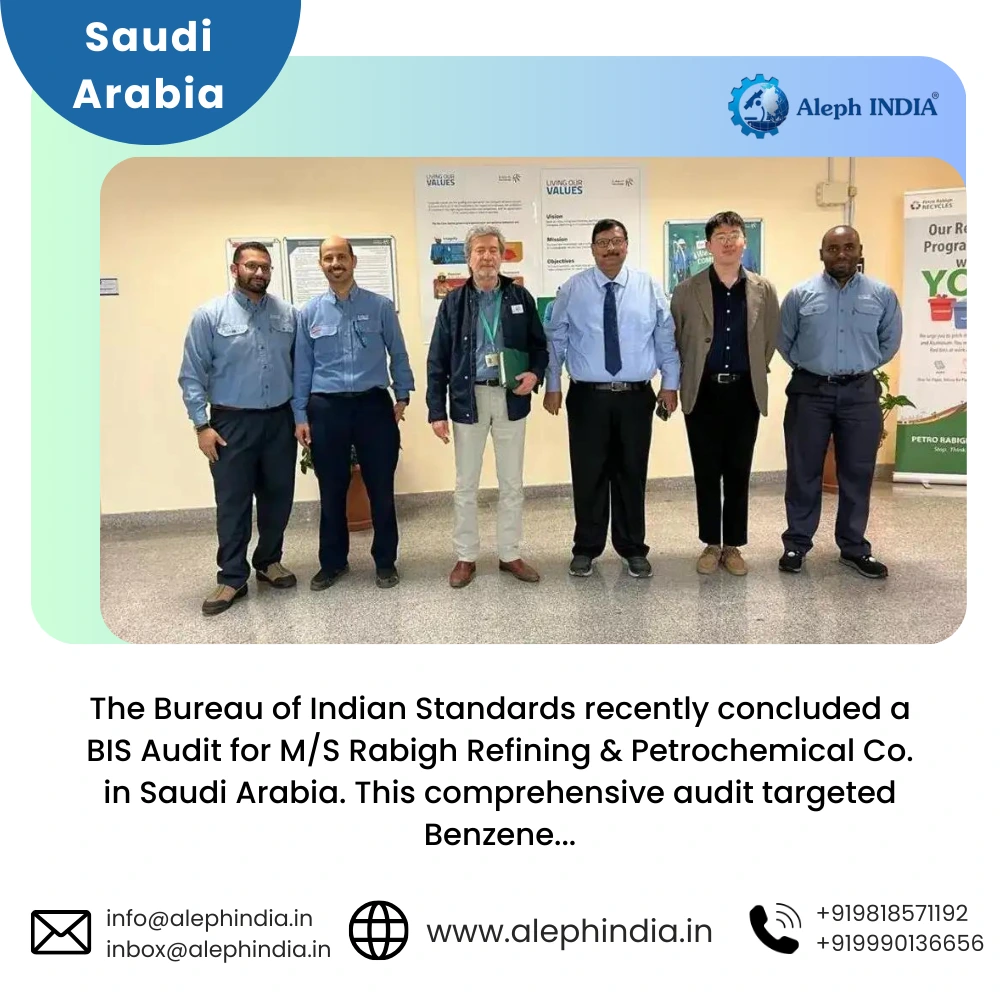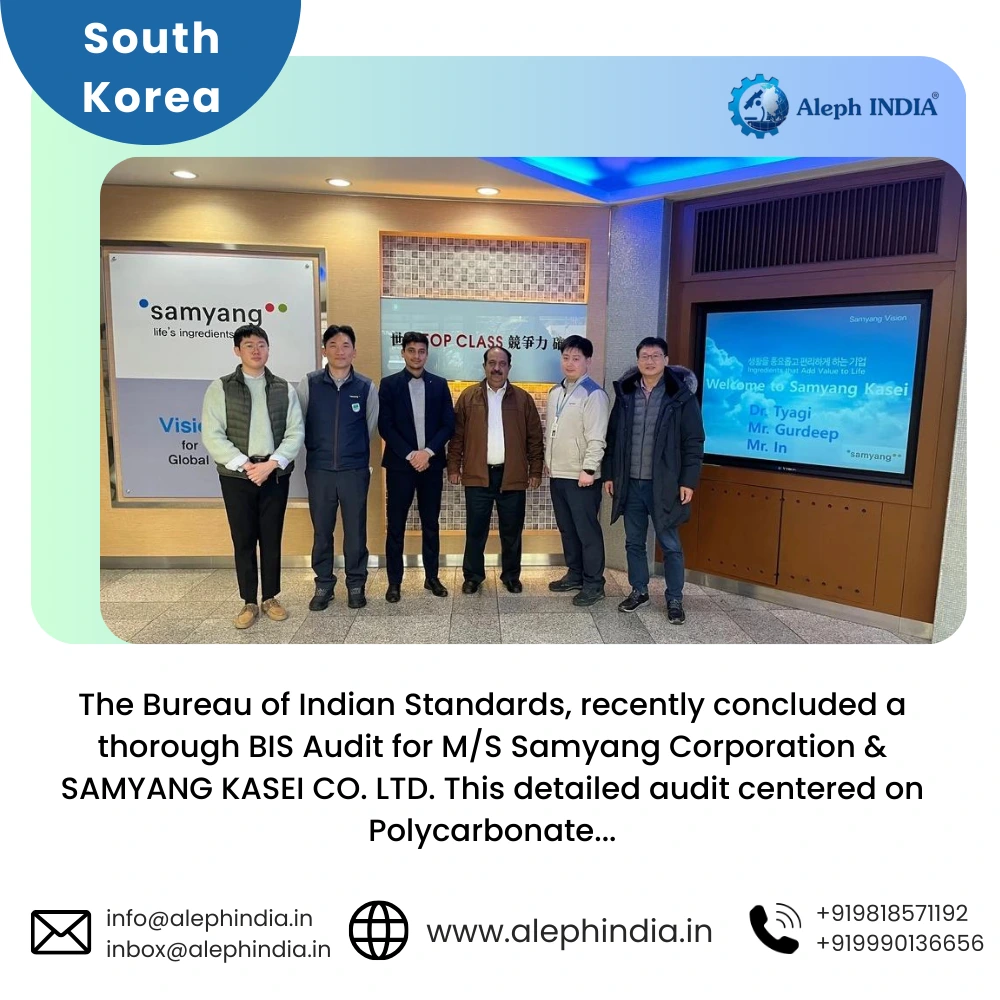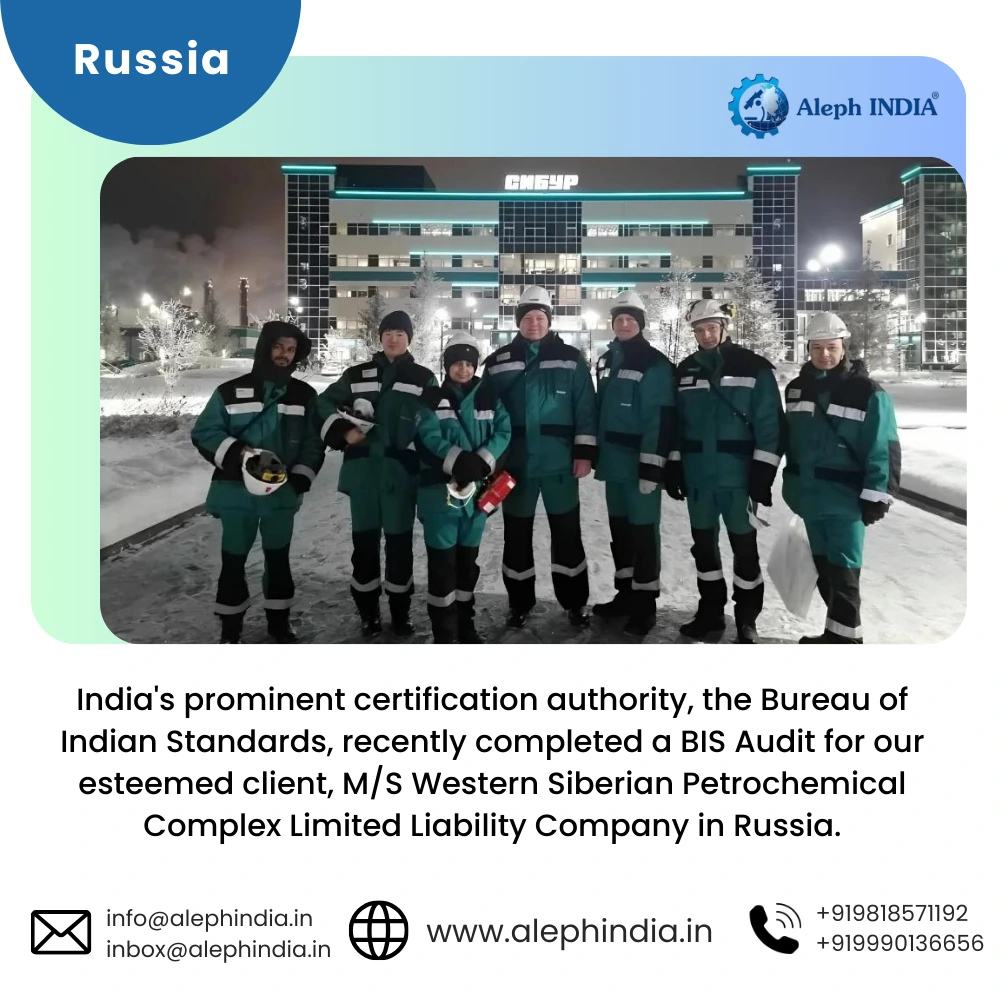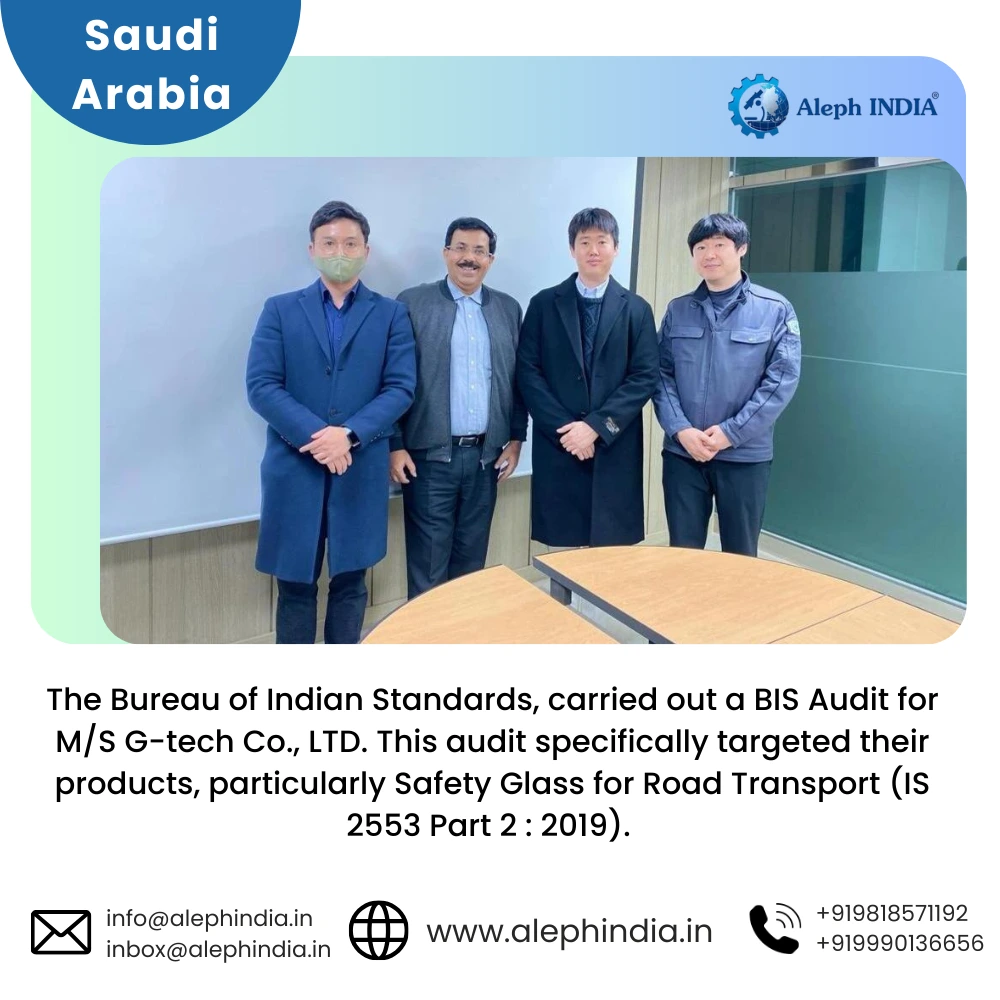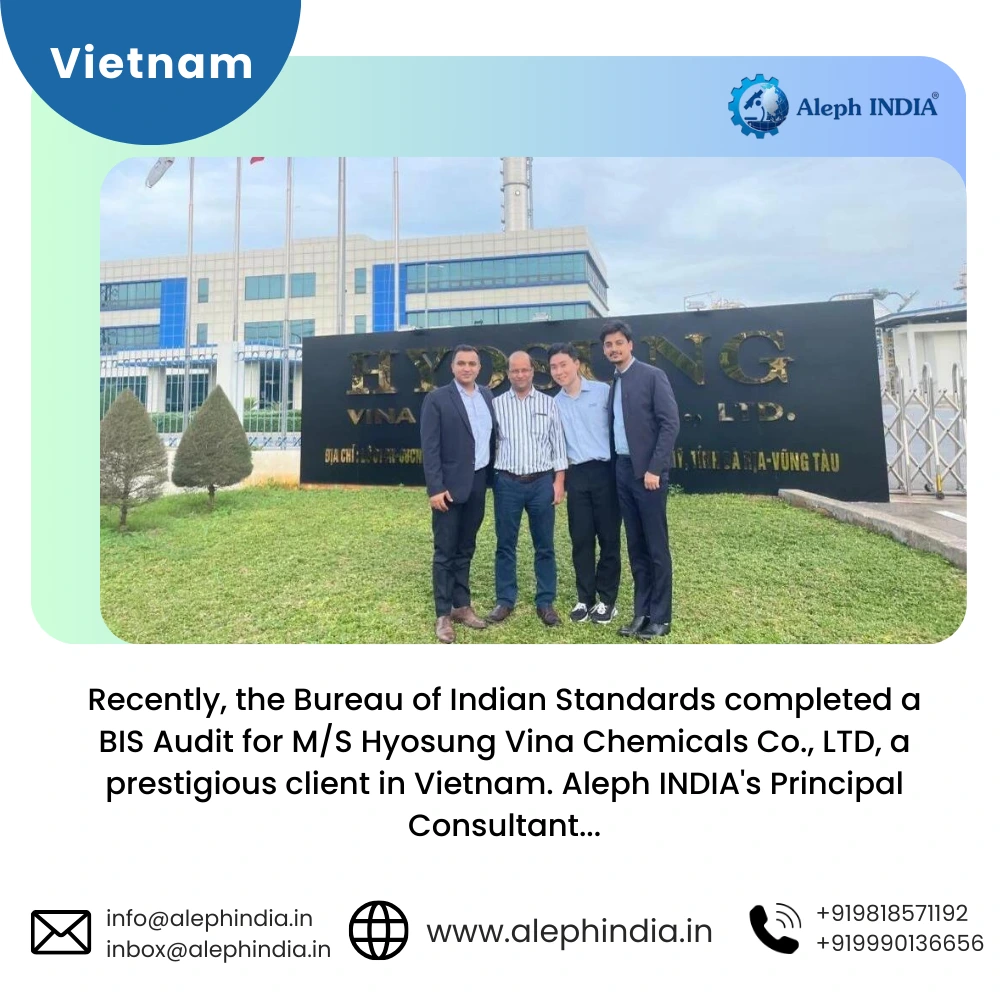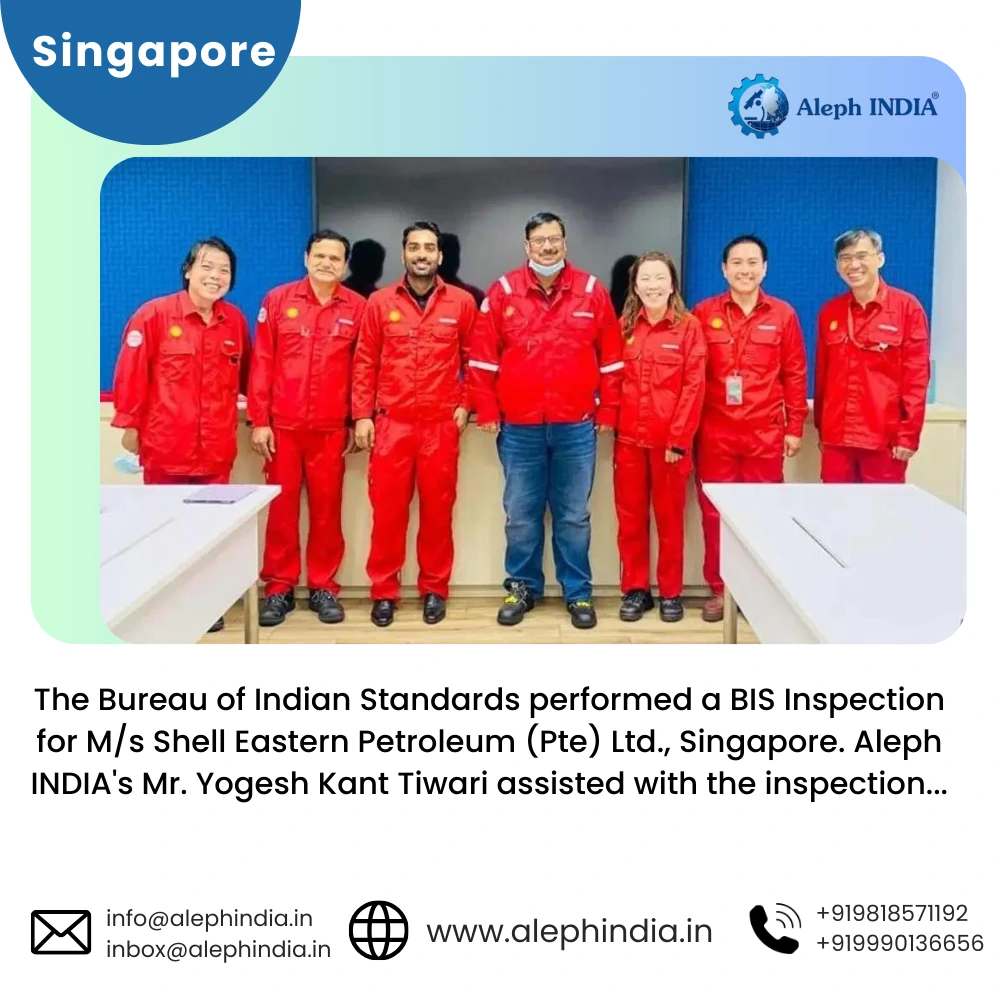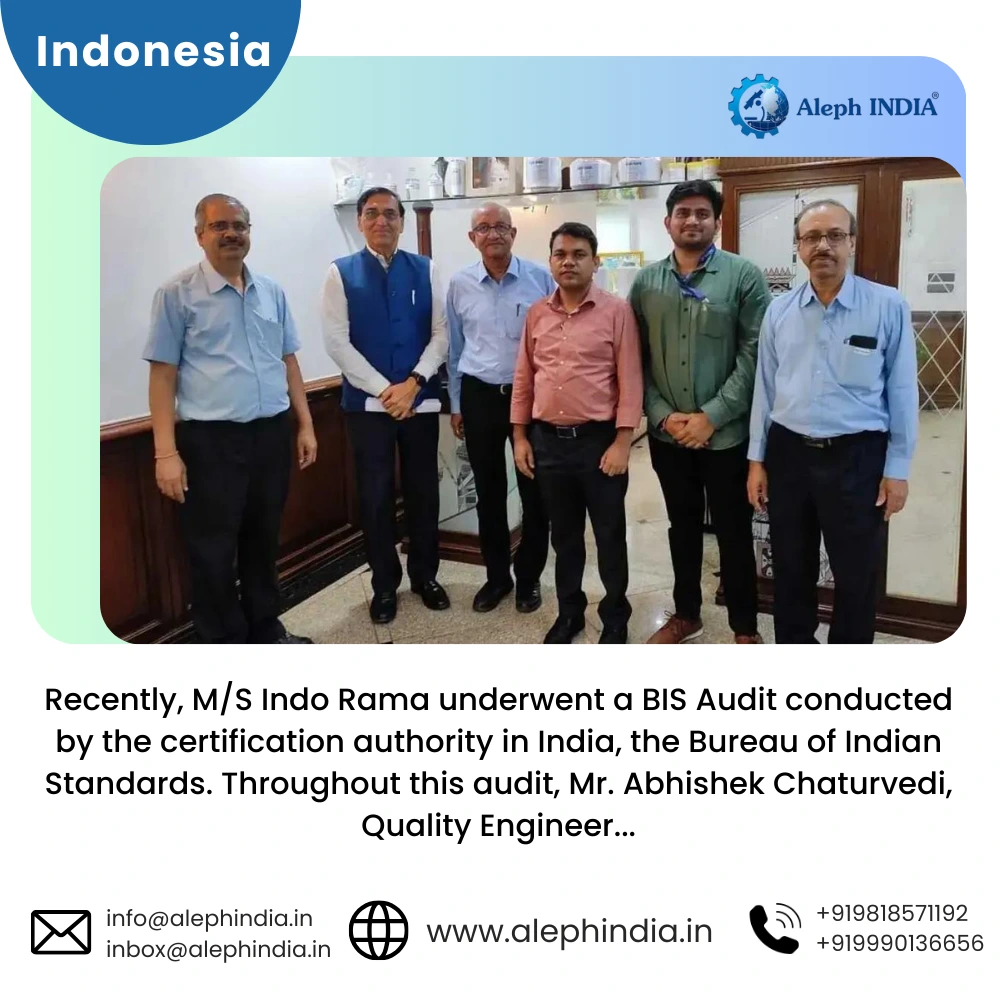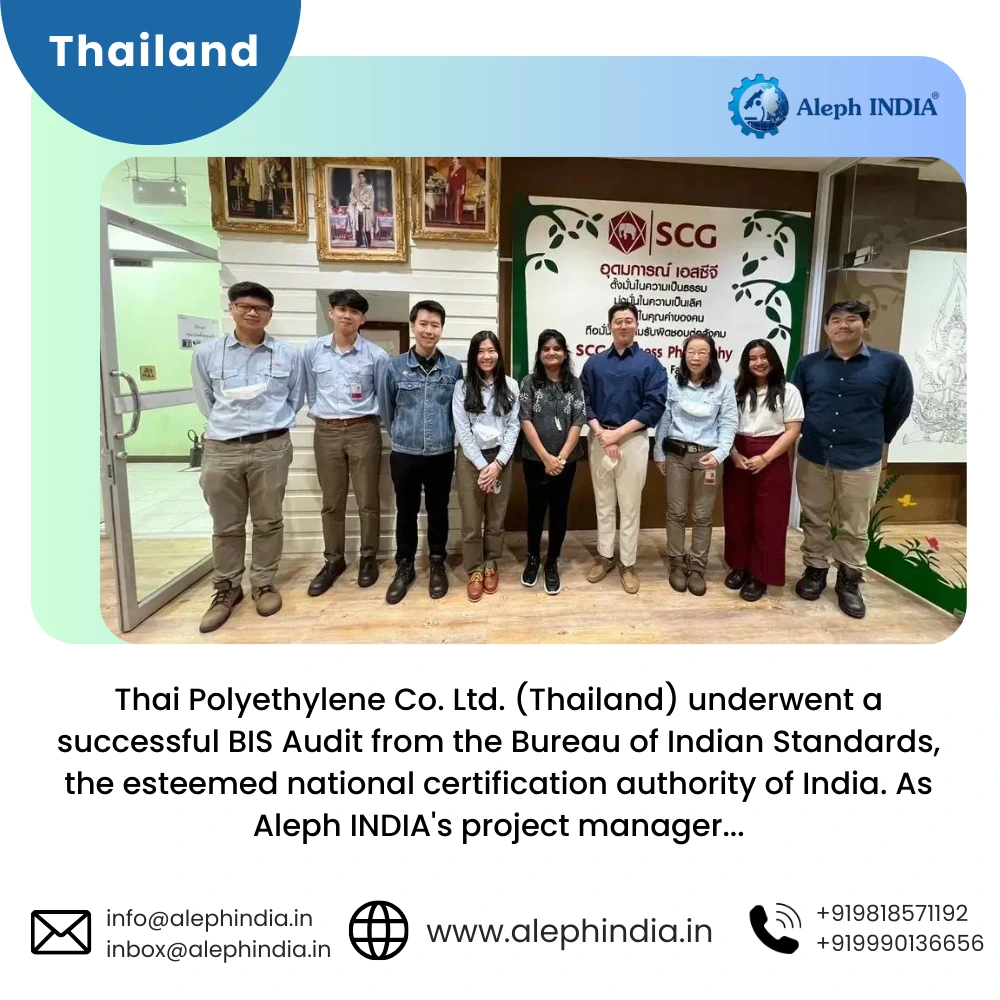BIS Certification for HDPE and PP Woven Sacks for Packaging Fertilizers
HDPE (High-Density Polyethylene) and PP (Polypropylene) woven sacks are extensively used for packaging fertilizers due to their durability, strength, and resistance to moisture and chemicals. These woven sacks provide excellent protection for fertilizers, ensuring the contents remain dry and uncontaminated during storage and transportation. Their robust structure prevents tearing and bursting, making them ideal for handling the heavy and often abrasive nature of fertilizer products. Additionally, HDPE and PP woven sacks are lightweight, cost-effective, and recyclable, contributing to both economic and environmental benefits in the agricultural sector.
BIS certification is essential for HDPE and PP woven sacks used for packaging fertilizers to ensure that these sacks meet the stringent quality and safety standards set by the Bureau of Indian Standards. This certification guarantees that the sacks are durable, resistant to environmental factors, and capable of protecting fertilizers from contamination and moisture, thus preserving their quality and efficacy.
Indian Standard IS 9755:2021
According to the Ministry of Chemicals and Fertilizers, specifically the Department of Chemicals and Petrochemicals, HDPE (High-Density Polyethylene) and PP (Polypropylene) woven sacks used for packaging fertilizers must comply with the Indian Standard IS 9755:2021. This standard ensures that the woven sacks meet the necessary quality and safety criteria to effectively protect fertilizers from environmental factors such as moisture, contamination, and physical damage during storage and transportation.
Key highlights
| Product Name | Textiles - High Density Polyethylene (HDPE) / Polypropylene (pp) Woven Sacks for Packing Fertilizers. |
| Applicable Indian Standard | IS 9755: 2021 |
| Applicable Certification Scheme | Product Certification Scheme (ISI Mark Scheme) Scheme 1 - Schedule 2 |
| Compliance Requirement | Mandatory |
| QCO Link | Quality Control Order |
| Scope as per Standard | This standard prescribes the requirements of HDPE/ PP woven sacks of 45 kg capacity for packaging of neem coated urea fertilizers and 50 kg capacity for packaging of other than neem coated urea fertilizers, either produced indigenously or imported in bulk and repacked in sacks. |
Tests
The following are the major tests for Textiles for HDPE and PP Woven Sacks for Packaging Fertilizers.
- Lamination
- Bottom seam
- Mouth of Sack
- Capacity
- Visual Inspection
- Mass of Bale
- Dimensions
- Ends per dm
- Picks per dm
- Mass of fabric
- Mass of Sack
- Average breaking strength of fabric
- Breaking strength of bottom seam
- Elongation at break of fabric
- Ash content
- Drop Impact strength test

NOTE:
For Detailed Information about the Procedure for BIS ISI Certification, Visit :
Timeline for BIS Certification
The approximate timeline to obtain BIS certification for HDPE and PP Woven Sacks for Packaging Fertilizers to use the ISI mark as per IS 9755:2021 is as follows:
- For Indian Manufacturers (Standard Timeframe – 30 days)
- For Foreign Manufacturers (Standard Timeframe – 180 days)
Conclusion:
The use of HDPE and PP woven sacks for packaging fertilizers offers numerous benefits, including durability, cost-effectiveness, and environmental sustainability. However, to ensure these sacks meet the required quality and safety standards, BIS certification is essential. Compliance with Indian Standard IS 9755:2021 guarantees that these packaging materials provide the necessary protection for fertilizers, preserving their quality and supporting agricultural productivity. For manufacturers, adhering to these standards not only builds consumer trust but also opens up greater market opportunities.
For more detailed information on obtaining BIS certification for your HDPE and PP woven sacks, feel free to contact us. Our experts at Aleph INDIA are here to assist you through every step of the certification process..
International Audits & Participation
Testimonials
BIS REGISTRATION FOR ELECTRONIC & IT PRODUCT
In the era of globalization, world trade is growing rapidly and henceforth, Manufacturing and Import/Export businesses are also growing drastically...View More
BIS CERTIFICATE FOR FOREIGN MANUFACTURER
The Economy of India-the fastest developing economy on the globe with the capabilities that help it matches up with the biggest international...View More
PRODUCT CERTIFICATION SCHEME (ISI MARK) FOR DOMESTIC MANUFACTURERS
Anything a person buys from food to cars, clothes to electronics, branded to unnamed products there is always a question that wanders in one’s...View More
WIRELESS PLANNING AND COORDINATION (WPC)
WPC: Wireless means communication done from one point to another point without the wires and cables. Electromagnetic waves carry the ...View More
BUREAU OF ENERGY EFFICIENCY (BEE) CERTIFICATE
BEE CERTIFICATE: Energy is the future, and its conservation is the way of the bright future. Everyone claims the environment is important...View More
E-WASTE MANAGEMENT
E-waste is one of the world's fastest-growing trash streams. We currently manufacture almost 50 million tones of it each year...View More
View All Services
Request a call back.
Would you like to speak to one of our Senior Technical advisers over the phone? Just submit your details and we’ll be in touch shortly. You can also email us if you would prefer.



